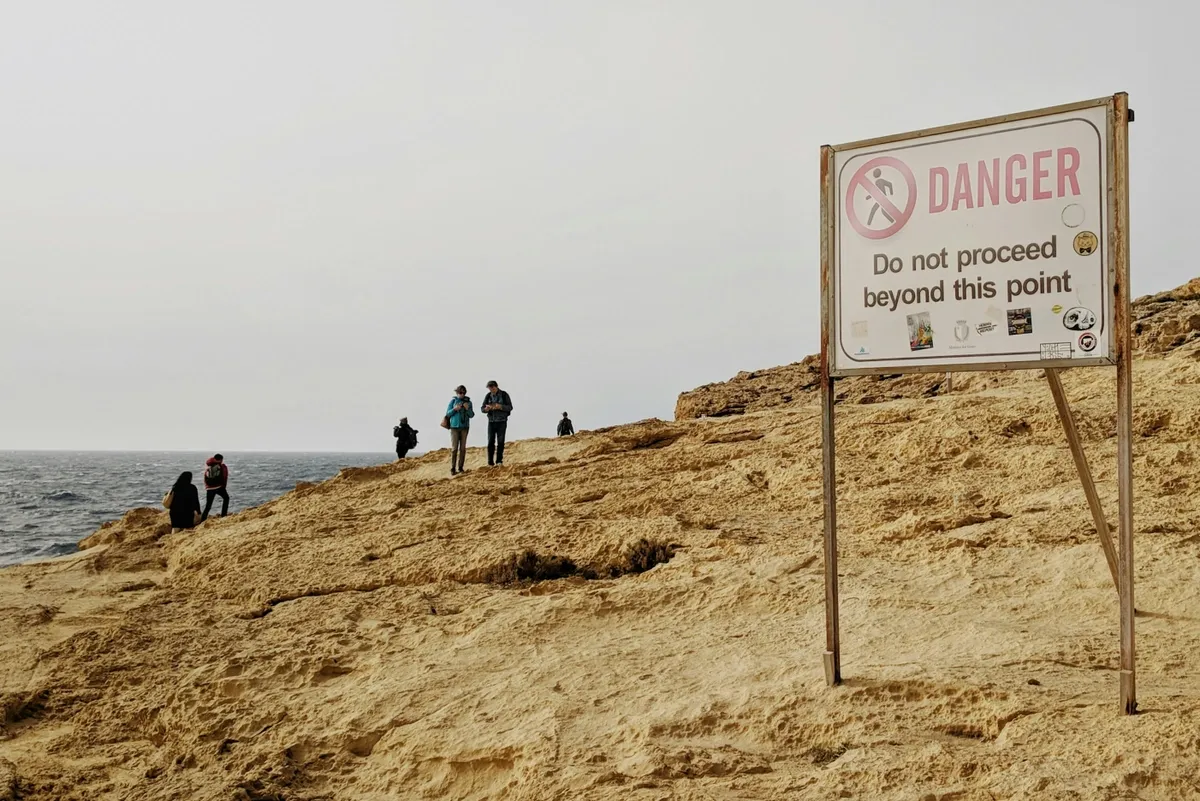
In the realm of large-scale engineering projects, effective risk management is paramount to ensuring project stability and success. Identifying, assessing, and mitigating risks can safeguard against potential technical, financial, legal, environmental, and operational challenges. By implementing robust risk management strategies, engineering firms can enhance their project outcomes, maintain compliance, and uphold safety standards, ultimately driving project efficiency and reliability.
Understanding Risk Management in Engineering Projects
Risk management in engineering projects involves a systematic process to identify, assess, and prioritize risks, followed by the application of resources to minimize the likelihood of adverse events. This discipline is crucial in maintaining project stability and ensuring successful outcomes. Effective risk management helps in reducing the impact of unforeseen events, from natural disasters to technological failures (source).
Types of Risks in Large-Scale Engineering Projects
Technical Risks
Technical risks pertain to the potential failure of equipment or technology integral to the project. These risks can be mitigated by adopting proactive management strategies, integrating new technologies, and allocating sufficient resources (source).
Financial Risks
Financial risks arise from budget overruns, unexpected material cost increases, and inaccurate project estimations. Effective financial planning and management are essential to mitigate these risks, ensuring that the project remains within budget (source).
Legal/Regulatory Risks
Legal and regulatory risks include poorly drafted contracts and potential disputes. Clear, well-written contracts that precisely define the project scope can help mitigate these risks (source).
Environmental Risks
Environmental risks are increasingly significant in large-scale projects. These risks can cause disruptions at various stages, from pre-construction to post-construction. Common environmental risks include severe weather conditions, unsuitable ground conditions, and ecological preservation issues that may hinder project progress (source).
Operational Risks
Operational risks encompass safety hazards leading to worker accidents, subcontractor and supplier issues, and poor project management. Proper planning and effective management practices are vital to mitigate these risks and ensure smooth project operations (source).
Understanding and managing these various types of risks is essential for the successful execution of large-scale engineering projects. By implementing comprehensive risk management strategies, engineering firms can enhance project outcomes and maintain high standards of safety and compliance.
Strategies to Identify and Assess Risks
Identifying and assessing risks in large-scale engineering projects is a fundamental step in effective risk management. Employing a variety of techniques ensures a comprehensive understanding of potential risks, enabling better preparation and mitigation strategies.
Risk Identification Techniques
-
Brainstorming Sessions: This technique involves gathering all relevant stakeholders to discuss and identify possible risks. The objective is to leverage diverse perspectives to uncover a broad range of potential issues that could impact the project (source).
-
SWOT Analysis: SWOT (Strengths, Weaknesses, Opportunities, Threats) analysis is a strategic planning tool used to identify internal and external factors that could pose risks to the project. This method helps in formulating strategies to mitigate identified risks and capitalize on project strengths (source).
-
Expert Interviews: Conducting interviews with subject matter experts (SMEs) can provide valuable insights into potential risks based on their specialized knowledge and experience. This technique is particularly useful for identifying risks that may not be immediately obvious to the project team (source).
-
Historical Data Analysis: Analyzing data from past projects helps in identifying recurring risks. For instance, if a particular type of equipment has consistently failed after a certain period in previous projects, this information can be used to anticipate similar risks in the current project (source).
Risk Assessment Methods
-
Qualitative Risk Assessment: This method involves evaluating risks based on their likelihood and potential impact using descriptive scales or matrices. It is a subjective process that relies on the judgment and experience of the project team, making it crucial for initial risk prioritization (source).
-
Quantitative Risk Assessment: In contrast to qualitative methods, quantitative risk assessment uses numerical data to calculate the probability and impact of risks. Techniques such as expected monetary value, risk exposure, and sensitivity analysis provide objective and measurable insights into potential risks (source).
-
Risk Probability and Impact Matrix: This assessment tool categorizes risks based on their likelihood of occurrence and the severity of their impact. By plotting risks on this matrix, project managers can prioritize which risks require immediate attention and resources (source).
By systematically identifying and assessing risks using these techniques, engineering firms can develop robust strategies to address potential challenges. This proactive approach enables better resource allocation, enhances project stability, and increases the likelihood of successful project outcomes.
Mitigation and Management of Project Risks
Effectively managing risks in large-scale engineering projects requires a detailed approach to risk mitigation and the implementation of robust risk management plans. These strategies enhance project stability and ensure successful outcomes.
Risk Mitigation Strategies
Risk mitigation involves developing actions to minimize threats to project objectives. Key strategies include:
-
Avoidance: This involves adjusting project requirements or constraints to eliminate or reduce the risk. Changes in funding, schedule, or technical requirements can help avoid potential issues (source).
-
Transfer: Transferring the risk reassigns accountability and authority to another stakeholder willing to accept it. This might involve outsourcing certain project elements or securing insurance (source).
-
Mitigation: Implementing actions to reduce the impact or likelihood of the risk is critical. This could involve adopting new technologies or enhancing training programs to address specific risks (source).
-
Acceptance: Sometimes, acknowledging the existence of a risk and deciding to accept it without special efforts is the best course of action, especially for low-impact risks (source).
Implementation of Risk Management Plans
Developing and implementing a comprehensive risk management plan tailored to the project’s scope and complexity is crucial. This involves:
Developing Contingency Plans
Contingency plans outline the tools and approaches for risk identification, assessment, mitigation, and monitoring. These plans ensure that the project team is prepared to address potential risks effectively (source).
Regular Monitoring and Review of Risks
Continuous monitoring of risks is essential to adapt to new challenges and opportunities as the project progresses. Regular reviews and updates ensure that the risk management strategies remain effective (source).
Communication and Documentation of Risks
Effective communication about risks and mitigation strategies is key. Keeping stakeholders informed fosters trust and ensures everyone is prepared to handle potential issues. Transparent documentation of risks and responses contributes to better project management (source).
Minute7’s robust time tracking and expense reporting features can play a pivotal role in risk management for large-scale engineering projects. By providing precise tracking of time and expenses, Minute7 offers valuable data that helps identify potential risks related to project timelines and budgets. This information can be effectively communicated across the team, ensuring synchronization and proactive management towards the project’s success.
Leveraging Minute7 for Effective Risk Management
Effective risk management in large-scale engineering projects is a multifaceted process that involves identifying, assessing, and mitigating various types of risks. By employing comprehensive strategies and maintaining proactive communication, engineering firms can significantly improve project stability and success. However, the tools and systems used to manage these processes are equally important.
Minute7 stands out as an indispensable resource for engineering firms aiming to enhance their risk management practices. The platform’s seamless integration with QuickBooks ensures that time tracking and expense reporting are precise and up-to-date. This accuracy is crucial for identifying potential financial risks, such as budget overruns or unexpected expenses, early in the project lifecycle.
Moreover, Minute7’s mobile application allows team members, including remote workers and contractors, to log their hours and expenses in real-time. This feature ensures that project managers have a comprehensive and current view of labor costs and resource allocation, facilitating timely mitigation of operational and financial risks.
The platform’s secure data storage and easy-to-generate reports provide valuable insights that can be used to assess and communicate risks effectively. By maintaining accurate records and fostering transparent communication, Minute7 helps engineering firms stay aligned with their risk management plans and contingency strategies.
In conclusion, integrating Minute7 into your risk management framework offers more than just time tracking and expense reporting. It equips engineering firms with the data and tools necessary to proactively manage risks, ensuring project efficiency and stability. For engineering firms looking to elevate their risk management practices, Minute7 is not just a solution; it’s a strategic asset.
For more information on how Minute7 can support your risk management efforts, visit Minute7.



